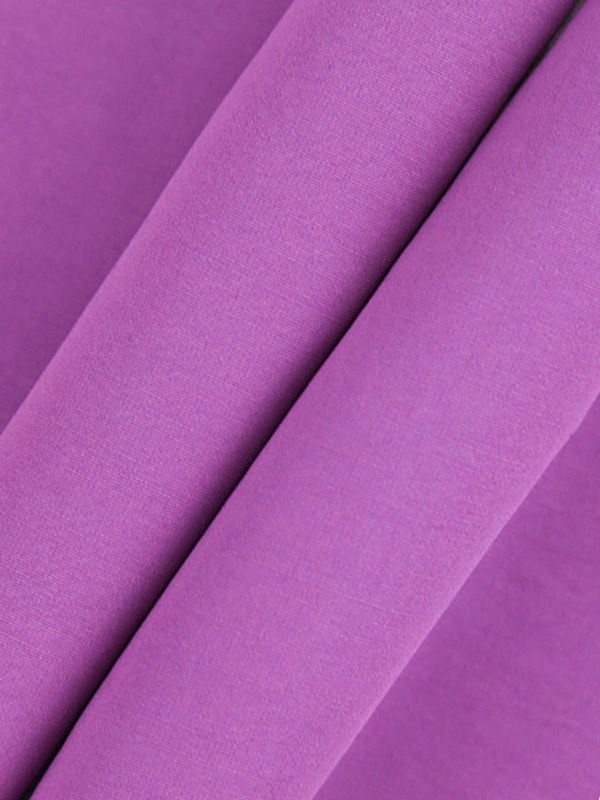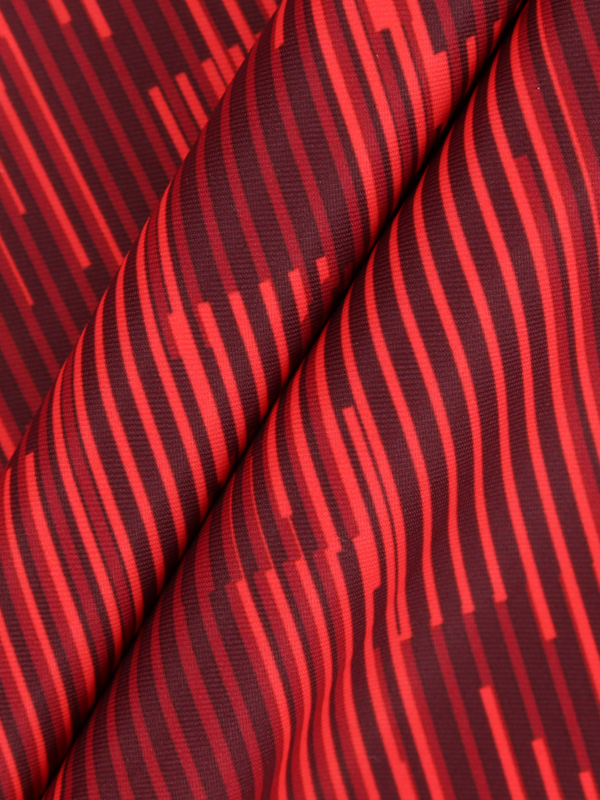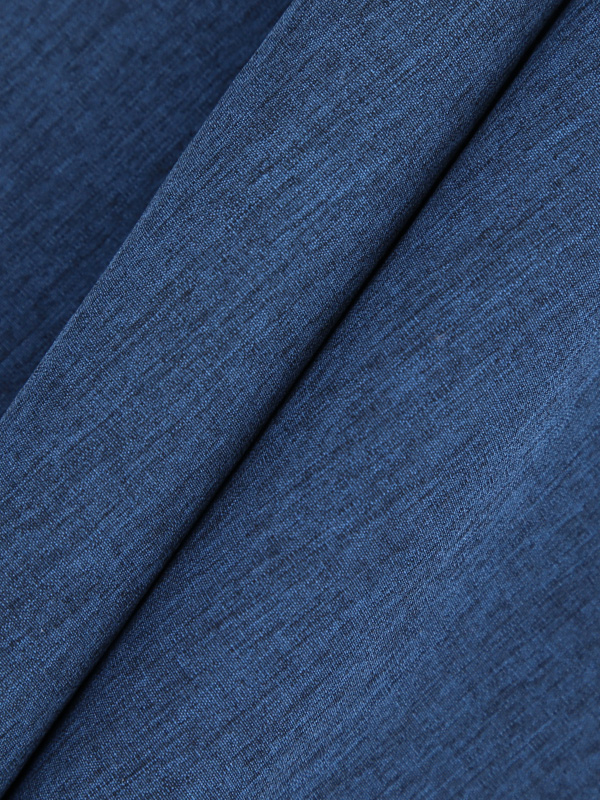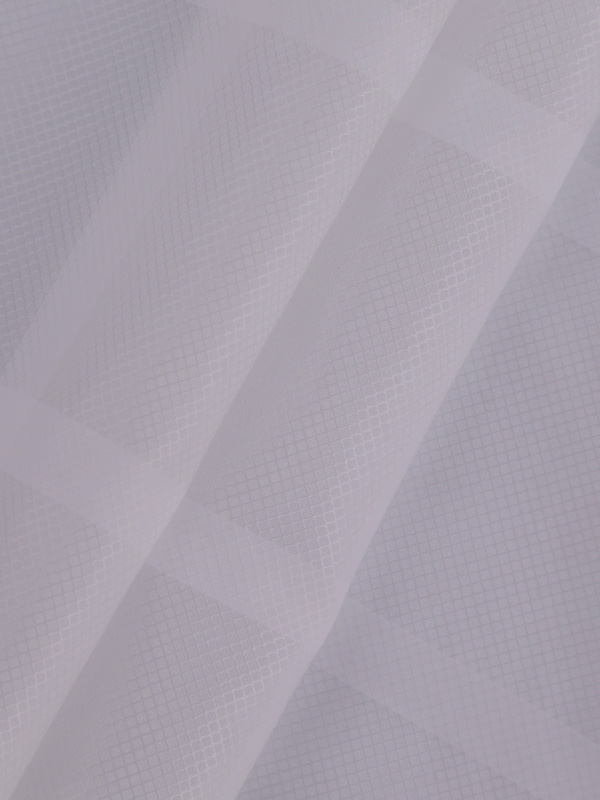Introduction to the principle of waterproof and water-repellent
Waterproof and water-repellent are two concepts, and the treatment methods for fabrics are completely different. Both waterproof and water-repellent technologies should be applied in outdoor clothing. The following is a brief introduction, so that everyone can add a little recognition knowledge in the purchase of outdoor clothing.
1. Waterproof
The water-repellent properties of fabrics refer to the fact that the fabrics have been specially treated with water-repellent agents, and the surface can make water droplets form beads, which will not penetrate and diffuse to wet the clothes, and achieve the water-repellent function like a lotus leaf (lotus effect). Why do lotus leaves come out of sludge and not stain? The anti-splashing process uses this principle to attach a layer of ultra-fine "needle beds" to the surface of the fabric with various chemical materials, so that the tension on the surface of the fabric is less than the cohesive force of the water, so the water droplets will form water droplets and roll away. Not spread out and soaked. The excellent anti-splashing treatment is also very good for the protection of dirt, and the dirt can be easily washed off as long as it is rinsed with water. If this layer of needle bed structure is flattened or covered with oil stains, the water repellency of the fabric will be greatly reduced, or even begin to absorb water. Therefore, high-end fabrics have super durable water-repellent treatment. Why should the jacket be water-repellent? Because the surface layer of the fabric absorbs water, it will not only reduce the warmth of the clothing system, but also form a layer of water film that blocks the air in and out after getting wet, so that the noble breathable raincoat becomes as airtight and damp as the plastic raincoat, making the wearer I feel extremely stuffy and uncomfortable, so rain-proof clothing such as jackets or ski suits should be treated with water-repellent treatment.
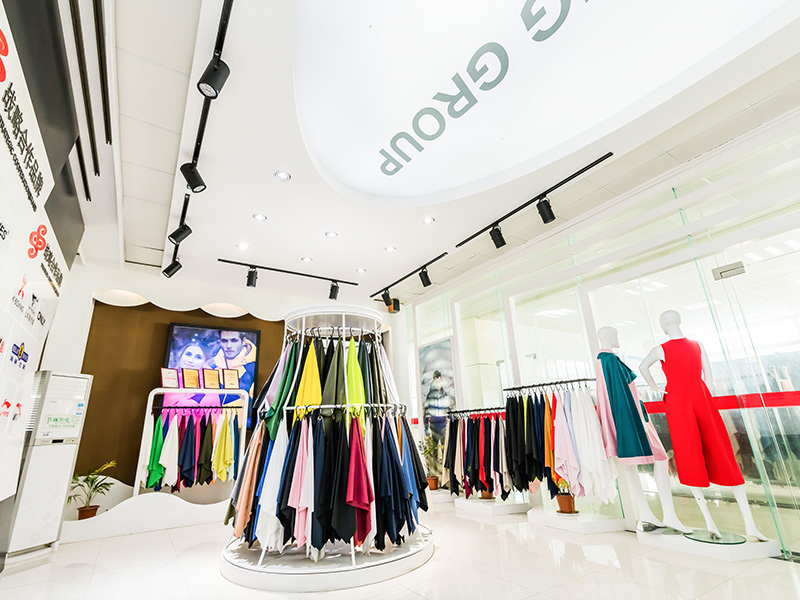
2. Waterproof
Waterproof materials, there are a lot of works in ancient China, oilcloth umbrella is a representative product. But this coating material has no voids and cannot be worn directly against the body. In order to be breathable, the current functional waterproof fabrics often use microporous or moisture-permeable waterproof membranes in waterproofing to prevent water molecules from infiltrating. Features. The waterproof ability is expressed by the water pressure resistance value, that is, a fixed area of tarpaulin is used to block the continuously rising water pressure. When the third drop of water seeps out of the surface, it is the water pressure resistance value of the fabric. Usually, it can reach the maximum water pressure value when it exceeds 1000mm. Basic water repellency, the higher the better, as the water repellent membrane will reduce its resistance to water pressure with washing. In outdoor activities, because the pressure of the backpack, kneeling on the knee, sliding on the ground, etc. will increase the external water pressure, it is necessary to exceed 3000mm. The types and processing methods of waterproof membranes have different performances. The waterproof and breathable membrane cannot be exposed directly, so when it is made into clothing, it is either made of three layers of fabrics, and the waterproof membrane is sandwiched between the fabrics; or the lining also covers the waterproof membrane. It is difficult for consumers to see the film.
But in short, if it is only waterproof and not breathable, it is better to put on rubber or plastic cloth, which is strong and cheap. However, breathability is the key feature of waterproof and moisture-permeable fabrics in outdoor activities, especially when exercising in alpine regions, because the sweat produced by exercise will take away a lot of body heat when it is still, which is very dangerous and terrible, so choose high-quality waterproof breathable fabric.
In short, "waterproof" is more durable than "splash-proof", and its physical and chemical properties are more stable. "Water-proof" products usually do not fail due to washing and long-term use; "water-proof" has higher water resistance than "splash-proof". Pressure index, usually at least 3000MM or more. Applied to clothing, the main function of anti-splashing treatment is to reduce the absorption of water by the fabric, so that the water can be "pulled away" on the surface of the fabric. The water repellent treatment is a completely impermeable barrier that keeps water out, whether or not the fabric absorbs it.


 English
English Chinese
Chinese